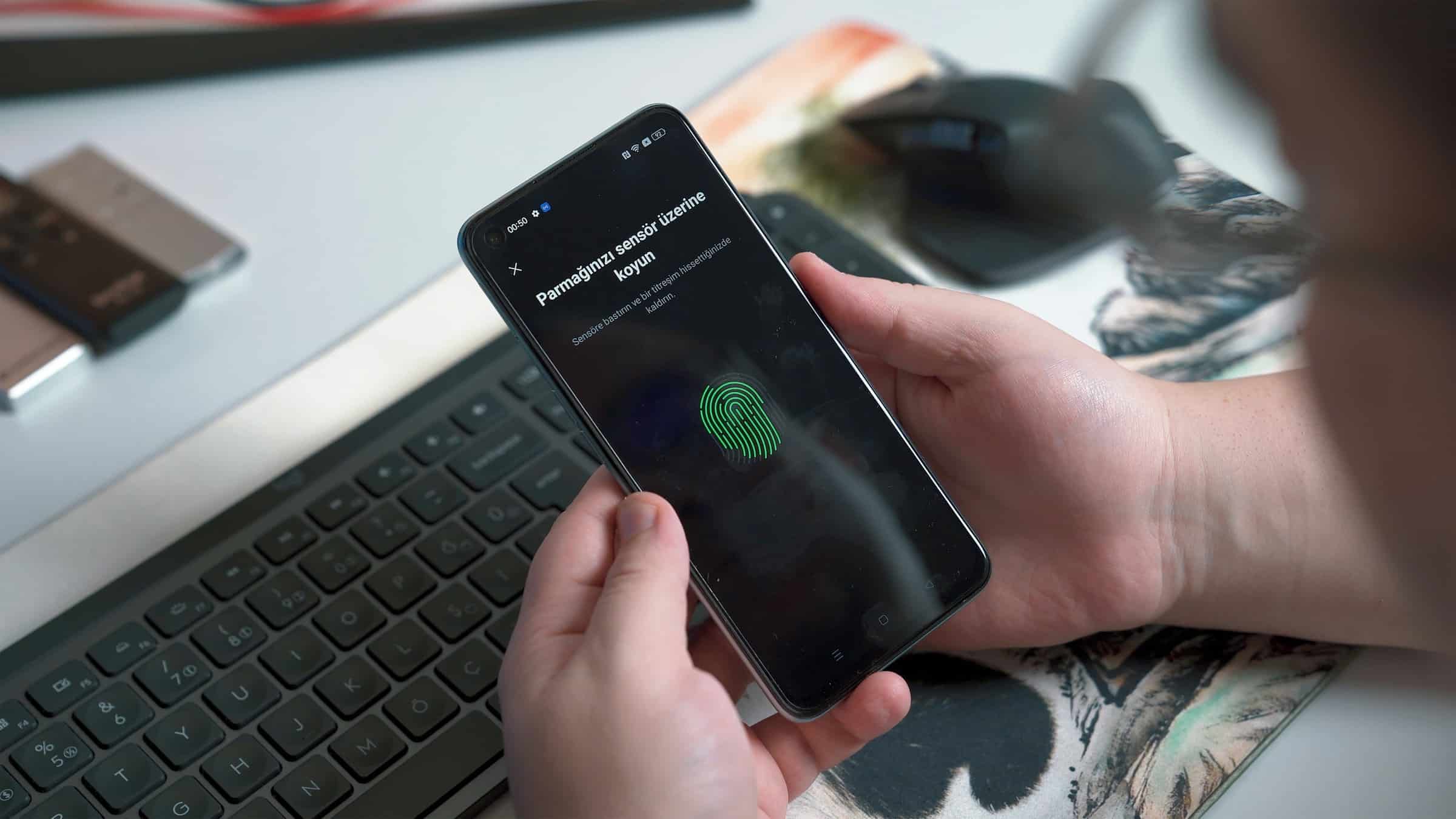In the digital era, the apps you install on your mobile devices play a significant role in your daily life. From social networking to productivity tools, each app requires specific permissions to function correctly. However, granting these permissions comes with risks, including potential privacy breaches or unauthorized access to sensitive data. This article will explore the best practices for managing app permissions on Android devices, ensuring that your data remains secure while allowing apps the necessary access to function properly.
Understanding App Permissions on Android
When you install an Android app from the Google Play Store, you are often prompted to grant it various permissions. These permissions range from access to your location data to your contacts and even your microphone. Understanding what these permissions entail and why apps request them is crucial for effective management.
En parallèle : How to Optimize Your Laptop for Video Editing Projects Without an External GPU?
App permissions are essentially the keys to your device’s different functionalities. By granting these permissions, you allow the app to perform specific actions that require access to certain data or hardware components. For instance, a navigation app needs access to your location to offer accurate directions, while a messaging app requires permission to your contacts to help you connect with friends and family.
However, not all apps have benign intentions. Some permissions might be used for invasive advertising, data mining, or even malicious activities. Therefore, a fundamental aspect of managing app permissions is discerning which permissions are genuinely necessary for the app’s functionality and which are overreaching.
A voir aussi : What Are the Steps to Set Up a Secure VPN on Your Android Tablet?
Android provides a detailed breakdown of permissions in the settings menu, allowing you to see which permissions have been granted to each app. Regularly reviewing these permissions and adjusting them based on necessity and trustworthiness is a core element of maintaining your device’s security.
Best Practices for Managing App Permissions
Managing app permissions effectively requires a balance between usability and security. Here are some best practices to ensure that your data remains protected while still benefiting from the functionalities of your favorite apps.
- Review Permissions Before Installation: Before you install a new app from Google Play, take a moment to review the permissions it requests. If an app asks for more access than necessary for its functionality, consider whether it’s worth installing. For example, a simple flashlight app should not need access to your contacts or location.
- Use Permission Manager: Android devices come with a built-in Permission Manager that allows you to view and manage permissions for all installed apps. Regularly check this manager to see which apps have access to sensitive data and revoke permissions that seem excessive.
- Install Apps from Trusted Sources: Always download apps from reputable sources such as the Google Play Store. These platforms have security measures in place to detect and remove malicious apps. Avoid downloading apps from third-party sites, as they may not be subjected to the same stringent checks.
- Be Wary of Apps Asking for Unnecessary Permissions: Some apps may request permissions that are not essential to their core functionality. For instance, a game that asks for access to your camera or microphone might be overreaching. If an app’s permissions seem suspicious, look for alternatives with more reasonable requirements.
- Keep Your Device Updated: Regular software updates often include security patches that protect against vulnerabilities. Ensure your Android OS and all installed apps are up-to-date to benefit from the latest security enhancements.
- Customize Permissions for Each App: Android allows you to customize permissions on a per-app basis. You can deny certain permissions while granting others. This can be particularly useful for apps that need some, but not all, of the permissions they request.
- Monitor App Behavior: Keep an eye on app behavior after granting permissions. If an app starts acting suspiciously, such as using excessive data or battery, it might be abusing its access. Consider revoking permissions or uninstalling such apps.
Handling Permission Requests Wisely
Permission requests can often be intrusive and frequent, especially when you install free apps that rely on advertising revenue. Knowing how to handle these requests wisely is essential for maintaining your privacy and device security.
When an app requests a permission, it is crucial to understand why it needs that access. Some permissions are straightforward, such as a weather app requesting location access. Others may not be as clear. For instance, an app may request access to your storage, which could be used for both legitimate purposes (saving files) and less obvious ones (collecting data).
To handle permission requests effectively:
- Read the Privacy Policy: Most apps provide a privacy policy outlining how they use your data. While these documents can be lengthy, skimming through them can give you a sense of whether the requested permissions are justified.
- Check for Alternatives: If you are uncomfortable with the permissions an app requests, look for similar apps with less intrusive permissions. There are often multiple apps available that offer the same functionality.
- Grant Permissions on Request Basis: Instead of granting all permissions upfront, consider waiting until the app actually needs the permission for a specific function. For example, only grant location access to a navigation app when you are about to use it.
- Limit Background Access: Some permissions allow apps to access data in the background, even when not in use. Limiting background access can prevent apps from collecting data continuously. Android’s Permission Manager can help you set these restrictions.
- Educate Yourself on Permissions: Familiarize yourself with the different types of permissions and what they entail. Knowing the difference between critical permissions (those that affect your privacy and security) and non-critical ones can help you make informed decisions.
Ensuring Security and Privacy on Mobile Apps
Your Android device is a treasure trove of personal information, making security and privacy paramount. By following a few more advanced tips, you can bolster your protection against unauthorized access and data breaches.
- Use Two-Factor Authentication: For apps that handle sensitive information, such as banking or email apps, enable two-factor authentication (2FA). This adds an extra layer of security by requiring a second form of verification in addition to your password.
- Install a Security App: Consider installing a reputable security app that offers features such as malware scanning, app permission monitoring, and theft protection. These apps can provide an additional layer of security against malicious activities.
- Be Mindful of App Permissions on Public Wi-Fi: Using public Wi-Fi networks exposes your device to additional risks. Avoid granting sensitive permissions to apps when connected to public networks and use a VPN to encrypt your data.
- Regularly Audit Installed Apps: Periodically review all the installed apps on your device. Remove apps that you no longer use or that have become redundant. This practice reduces the number of apps with access to your data.
- Educate Others: Share your knowledge about app permissions and security with friends and family. Helping others understand the importance of managing app permissions can contribute to a more secure digital community.
Managing app permissions on your Android device is crucial for ensuring both functionality and security. By understanding the permissions apps request, using built-in tools like Permission Manager, and following best practices, you can significantly reduce potential risks.
Remember to be vigilant with permission requests, install apps from trusted sources, and keep your device updated. Regularly auditing app permissions and educating yourself about the implications of each permission allows you to take control of your digital privacy.
By implementing these strategies, you can enjoy the benefits of your android apps while safeguarding your personal information. Taking an active role in managing app permissions not only enhances your security but also contributes to a safer online environment for everyone.











